Humanity has reached far into space in search of undiscovered wonders, incredible riches and terrifying mysteries lurking in the depths of extra-terrestrial canyons.
Have we found what we’ve been looking for since the first man went into space? You bet we did! Do we understand any of it? Yes and no. Space still has more secrets than we can fathom.
There are planets that look almost like Earth, supermassive black holes that devour galaxies and cryovolcanoes that can spurt ice and dirt. It seems we’ll never be able to say that we truly know and understand space – there’s so much we haven’t learned yet! Here are 11 new discoveries that prove space has gone crazy. Like, for real.
Two-headed flatworms
Scientists are fascinated by the idea of living in space just as the rest of us. That’s why they’ve sent some flatworms to hang around ISS (International Space Station). Flatworms are known for their regenerative abilities and it was interesting to see how they would behave in space. When cut into pieces, flatworms can fully regenerate into complete individuals. Yet in space they didn’t just regrow – some of them regenerated not with one head, but two! It’s an anomaly that’s never been heard of before.
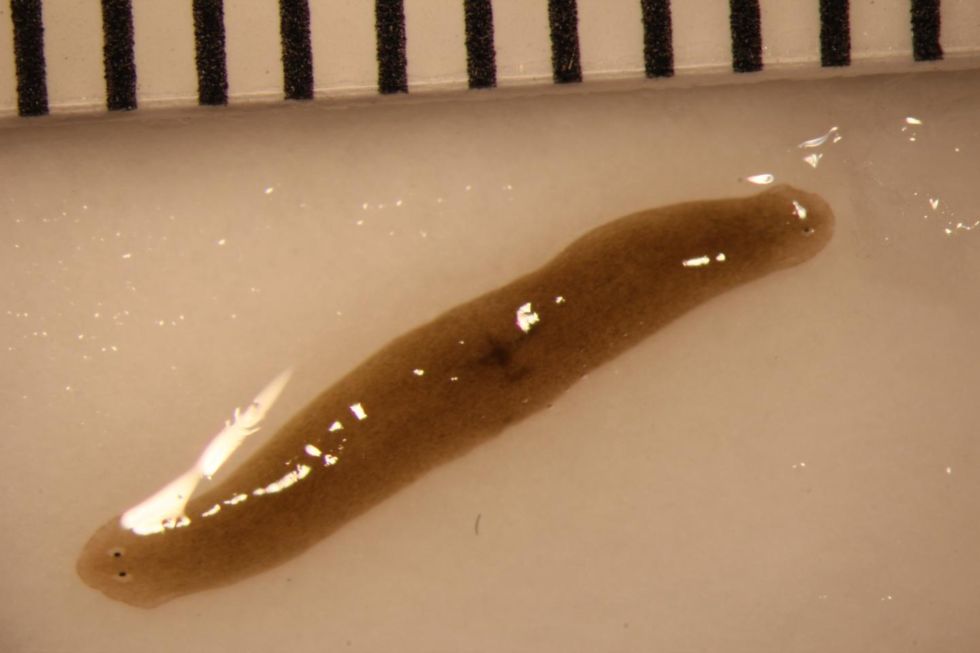
We are living in a cosmic desert
It has always seemed a bit odd that everything ‘interesting’ is always so far away from us. Too far away to explore! It appears there’s a reason for that called ‘the cosmic void’ and our Milky Way is a part of it. The Universe is like Swiss cheese – it has dense regions packed with galaxies and holes that are relatively empty. That is exactly where we are, in the KBC void (called so after Keenan, Barger, and Cowie, the three astronomers that discovered it in 2013). It is the largest one we’ve ever observed, with a radius of more than 1 billion light years.
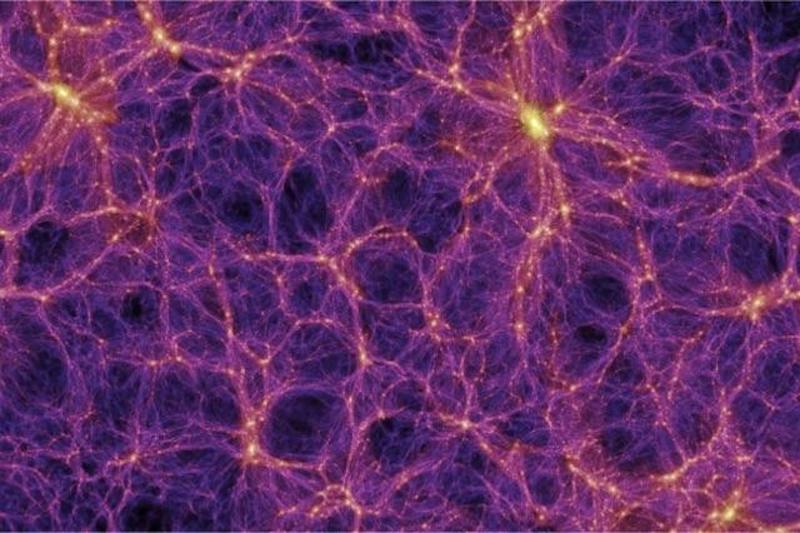
Gravitational waves
These buddies have been around for ages and we kind of knew of their existence, but no one could actually prove they were real. Finally, in February, LIGO (Laser Interferometer Gravitational Wave Observatory) announced they have detected these ripples that stretch and compress space itself. Gravitational waves carry unique information about space, objects and events that create them. This information can’t be obtained any other way! This year LIGO made two detections of gravitational waves – they came from two colliding black holes that were swirling around each other. These processes would have been invisible otherwise!
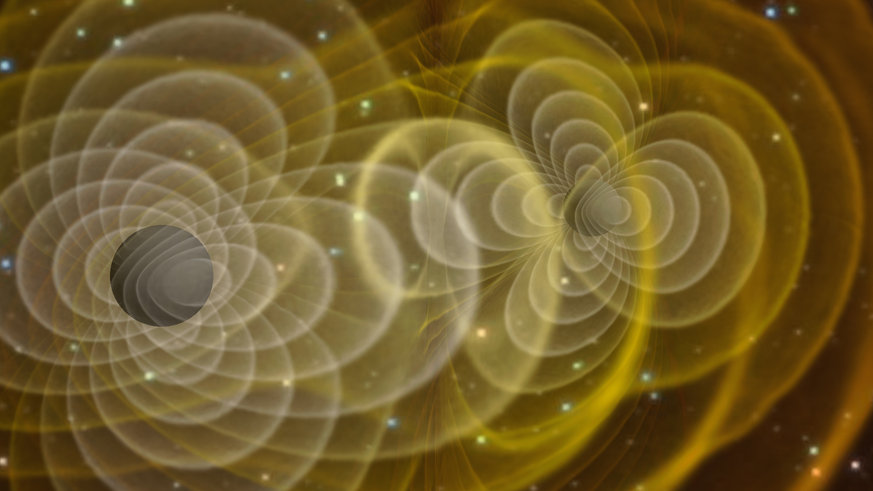
Earth is sending oxygen to the moon
Yes, we are losing air as we speak (no more than 90 metric tons, nothing to worry about). And yes, our little sister moon is getting most of it. Some atoms and molecules near the top of our atmosphere become lose and venture out into space. Some of them end up on the lunar surface and, eventually, in the grains of lunar soil that the Apollo astronauts brought back to Earth. Scientists have been baffled by the fact that Earth’s oxygen-18 and oxygen-17 isotopes were found on moon. Now the mystery is solved!
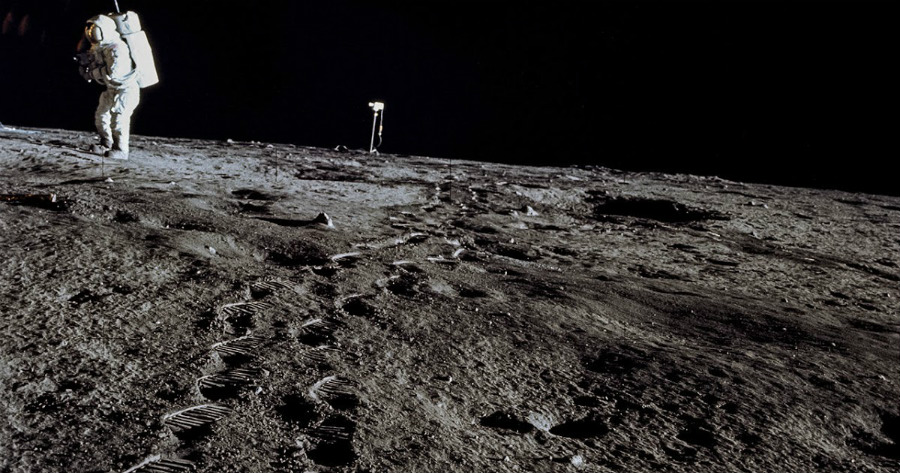
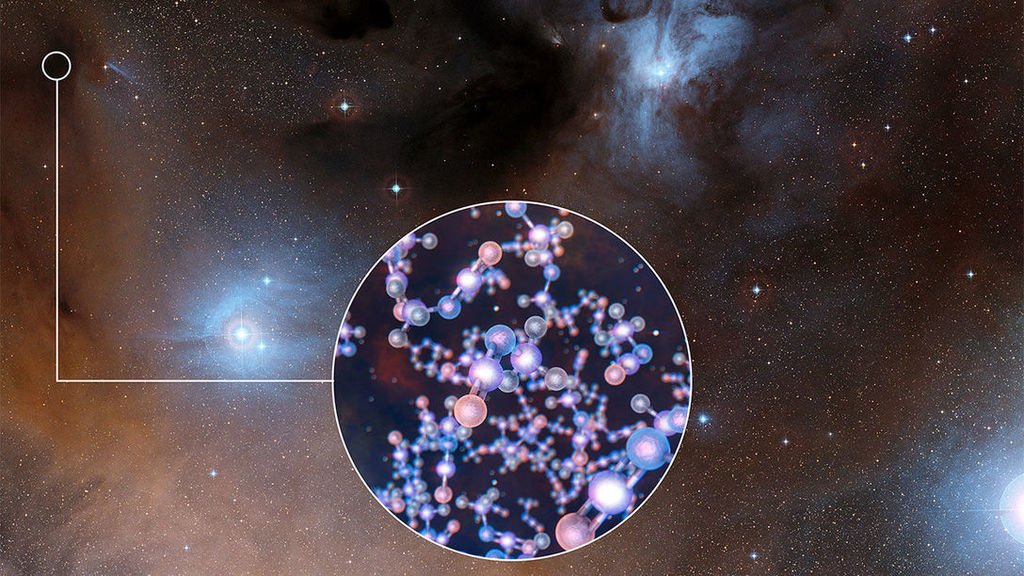
‘Planet Nine’ is lurking beyond Pluto
Scientists seriously believe there’s a planet the size of Neptune (and that’s really big, and we mean really) is lurking somewhere behind Pluto. Its orbit is probably rather distorted, making it almost impossible to observe. Nevertheless, the so-called Planet Nine definitely influences the movement of other bodies in the outer part of our Solar System. There’s a massive body hiding there somewhere and we’re going to find it soon!
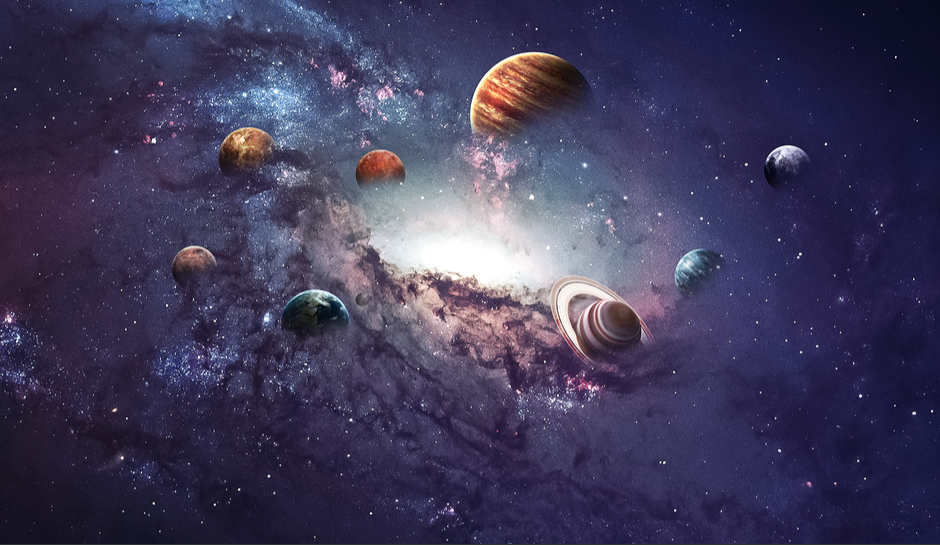
Our Sun has a long lost twin
Recent studies show that most (if not all) stars are born with at least one companion. The sun’s nearest neighbor, Alfa Centauri, harbors not one, but three stars! Right now scientists are more certain than ever, that our very own sun once had a twin (called Nemesis for whatever twisted reason). Most likely it wasn’t a murderous twin – it simply dissipated into the Milky Way without leaving a trace. Scientists believe it is the fate of most binary stars – they just go their separate ways.
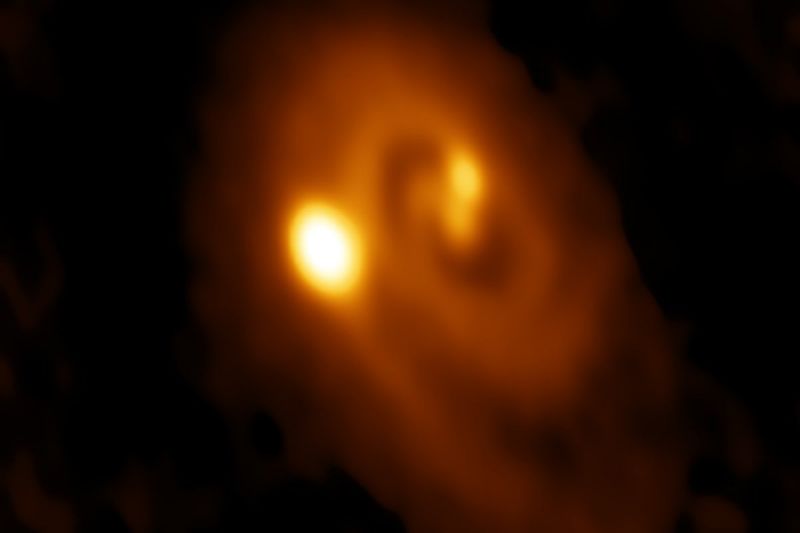
The beauty of Jupiter
NASA’s Juno Spacecraft has reached Jupiter not so long ago, providing humanity with some of the most surreal and breathtaking shots of the Jovian giant. Although no major scientific discoveries have been made so far, the photos taken by JunoCam prove that we don’t need to go far to enjoy the beauty of the Universe. Juno’s shots are unbelievable!
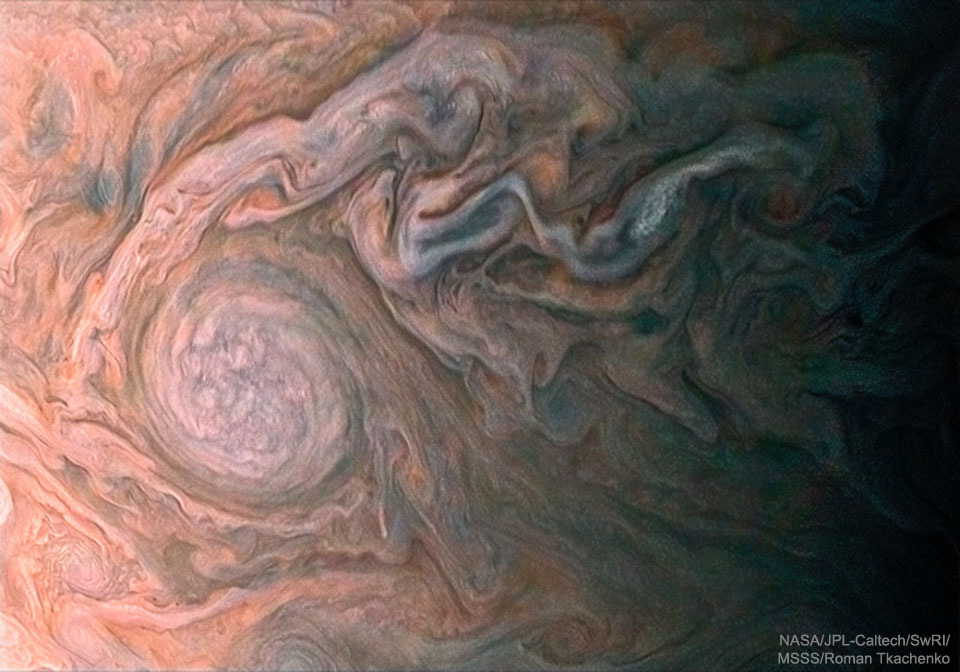

Leave a Comment